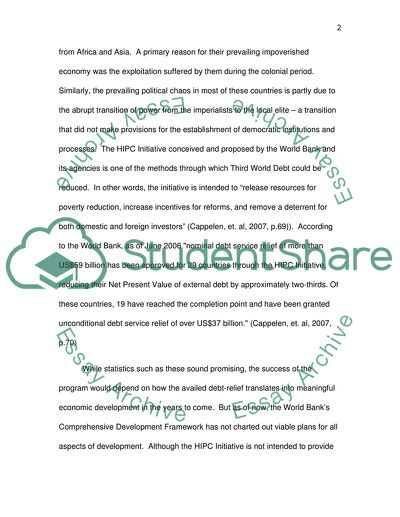Cite this document
(National Responsibility and the Just Distribution of Debt Relief among Essay, n.d.)
National Responsibility and the Just Distribution of Debt Relief among Essay. Retrieved from https://studentshare.org/macro-microeconomics/1561459-political-economy
National Responsibility and the Just Distribution of Debt Relief among Essay. Retrieved from https://studentshare.org/macro-microeconomics/1561459-political-economy
(National Responsibility and the Just Distribution of Debt Relief Among Essay)
National Responsibility and the Just Distribution of Debt Relief Among Essay. https://studentshare.org/macro-microeconomics/1561459-political-economy.
National Responsibility and the Just Distribution of Debt Relief Among Essay. https://studentshare.org/macro-microeconomics/1561459-political-economy.
“National Responsibility and the Just Distribution of Debt Relief Among Essay”, n.d. https://studentshare.org/macro-microeconomics/1561459-political-economy.


